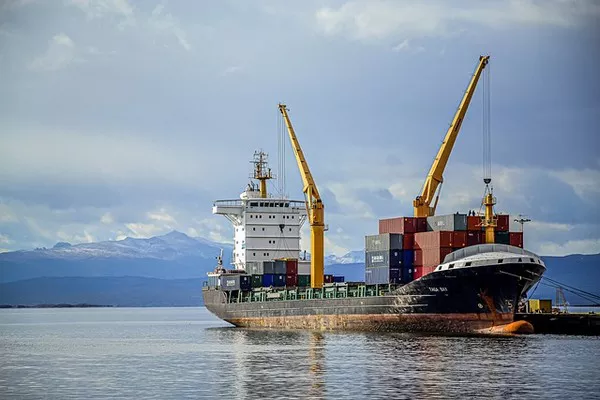The Viking Link, spanning 475 miles across land and sea, has commenced operations, connecting Denmark and the U.K. through an extensive network of cables, substations, and converter stations. As the world’s longest interconnector, the Viking Link aims to revolutionize the distribution of renewable energy, fostering economic collaboration, reducing carbon emissions, and cutting costs.
Addressing Energy Instability with Interconnectors:
In light of the unpredictability of renewable energy sources, exemplified by Europe’s 2021 record-breaking power prices due to unexpected drops in wind power generation, the Viking Link stands as a solution to stabilize energy economies. Interconnectors, high-voltage power cables linking large energy economies, mitigate variations in clean energy, ensuring a steady power supply and contributing to the EU’s goal of 70% reserved energy for cross-zonal capacity by 2025.
Viking Link’s Path and Capacity:
The Viking Link traverses from Denmark to Great Britain, involving high-voltage direct current (HVDC) cables, converter stations, and alternating current (AC) transmission. With a power capacity of 800 MW (expandable to 1400 MW), the link is a collaborative effort led by National Grid and Energinet, receiving initial permits in 2018 and completing the project within five years.
Impact on the U.K. and Denmark:
The Viking Link significantly supports the electricity needs of 2.5 million homes in the U.K., enhancing grid stability and offering cost savings of up to $637 million for consumers over the next decade. The abundant and cost-effective energy from Denmark contributes to these savings. Beyond economic benefits, the Viking Link is projected to prevent the emission of 600,000 tonnes of carbon, equivalent to the impact of 280,000 vehicles, marking a substantial environmental achievement.

